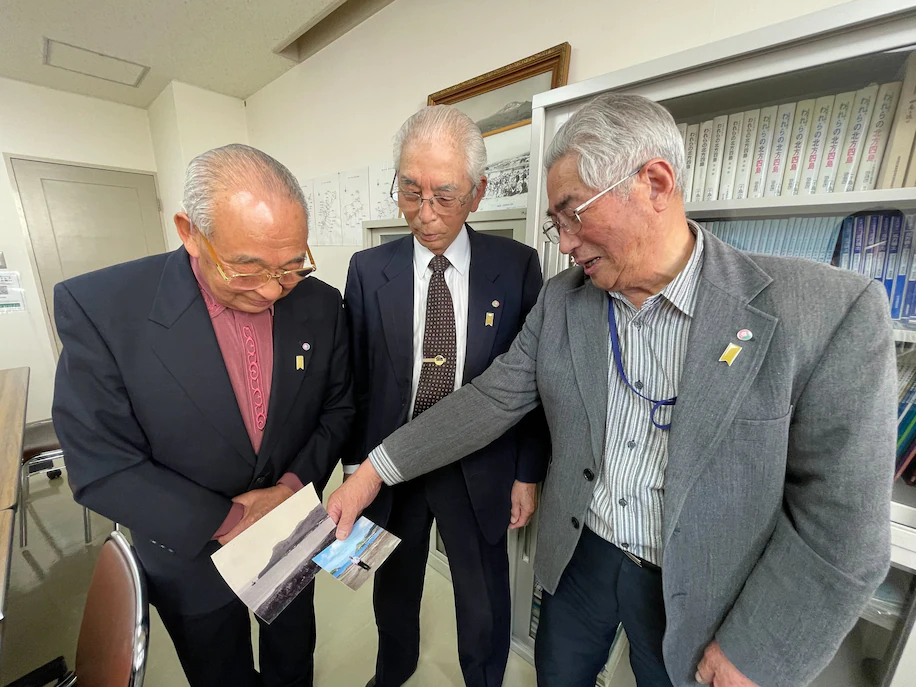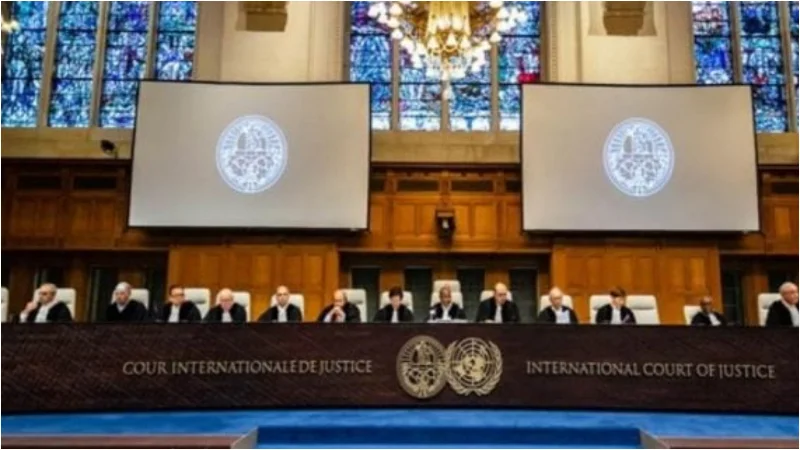On September 4, 1945, Soviet forces stormed Hirotoshi Kawata’s residence, looking for concealed Japanese soldiers and valuables. Kawata, who was 11 at the time, remembers just two words they said: tokei, or wristwatch, and sake, which they went on to steal from the house.
It marked the start of the Soviet capture of a resource-rich series of islands in northern Japan, much to the chagrin of families who had assumed the worst of the war had ended with Japan’s surrender. Japanese citizens were soon prohibited from working or moving freely, and women and children were imprisoned for forced labour.
Many families escaped in the middle of the night on boats, paddling at first until they were far enough away from the shore to start their motors. Thousands of people were displaced at that period, including Kawata’s family.
“Even after all these years, I still can’t forget all I witnessed right in front of my eyes,” Kawata, 87, said. “Seeing the Ukrainians… It’s simply so close to home. There doesn’t appear to be much going on in




















